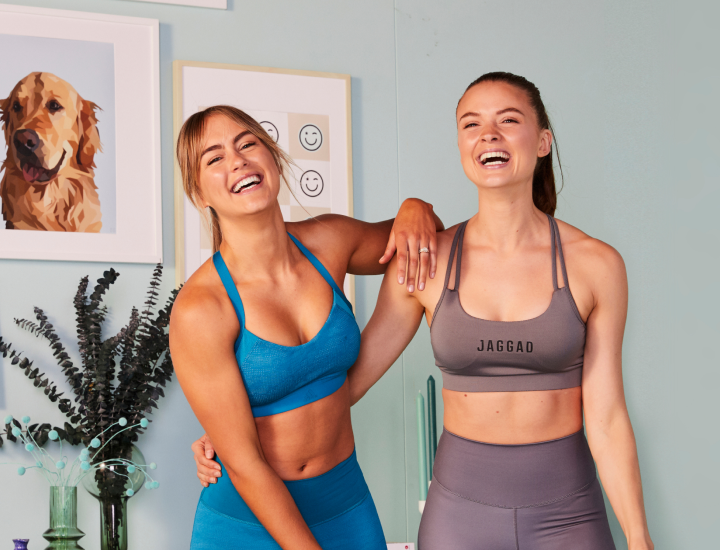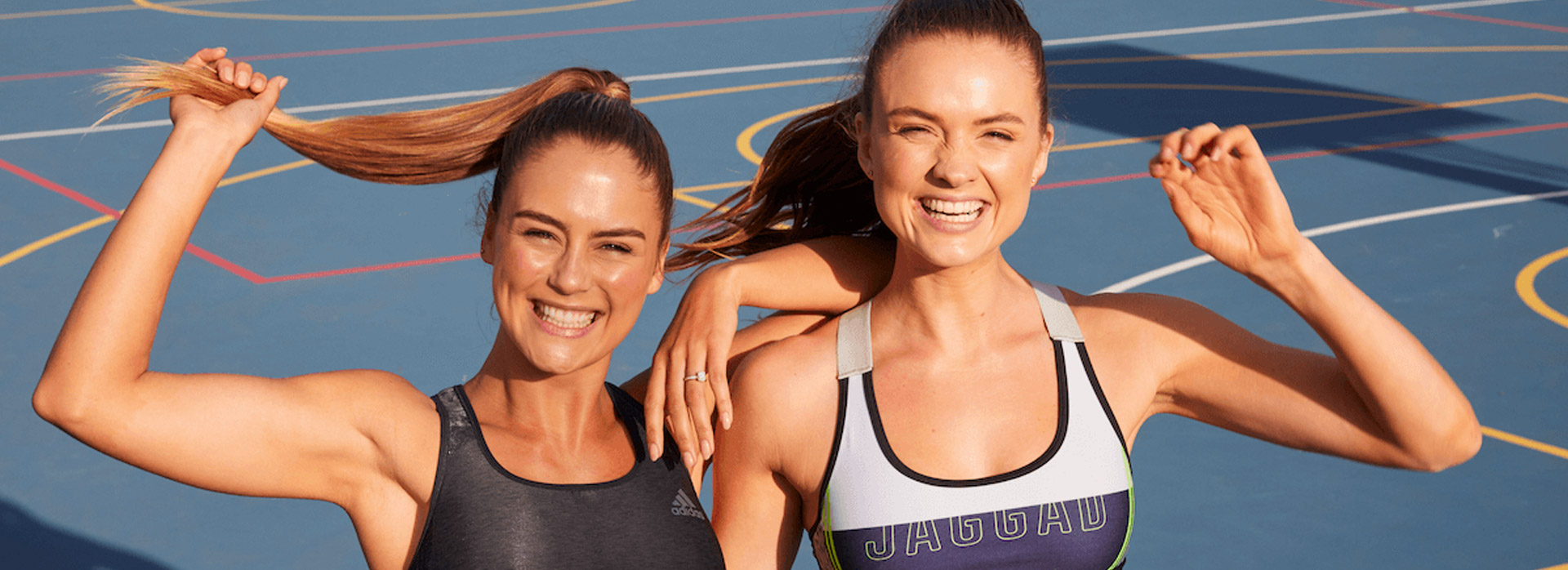How To Continue Making Progress With Minimal Equipment
There’s usually a couple of reasons why most people start training, to feel good, to improve/change our bodies in some way or another, whether that be body composition, fitness levels, strength, or just general health and well-being.
To make any changes physically or mentally, we need to give our minds and bodies a REASON to change. In terms of training, this is often referred to as ‘progressive overload’.
What does that mean?
Progressive overload is when you provide a stimulus that is greater than what you have done previously, which means the body has to adapt.
Here’s an example: Last week you may have done 45 seconds of kettlebell goblet squats with 8kg, over time your aim is to increase the weight you’re using for 45 seconds. Basically you want to be stepping outside of your comfort zone as often as possible, providing your body with a reason to change and adapt (obviously the main focus should ALWAYS be form/technique, so increases in weight etc should only be done when you are comfortable with your technique and are finding the current stimulus easy).
Since the start of 2020 we’ve been hit with some serious curve balls, the most obvious one being Coronavirus. This meant individuals were asked to stay home and adhere to social distancing. The result of this was many people being unable to partake in usual routines.
One of the areas affected most, was health and fitness routines, visiting a fully equipped gym was no longer an option, meaning people had to start working out from home with minimal equipment (sometimes NO equipment), which forced a lot of people to get creative with how they could still overload and progress without access to heavier weights and machines.
Luckily for everyone that’s a part of Keep it Cleaner, we’ve got you covered.
Here’s some other ways that we can look to overload, and continue to progress year round, with minimal equipment and working out from our own homes.
- Still look to increase the weight being used (if you have access)
- Focus on QUALITY reps from start to finish (5 perfect reps is superior to 15 rushed reps that aren’t performed correctly)
- Shortened rest periods (keeping the heart rate higher for longer)
- Longer work periods OR more reps (continually push yourself to YOUR limits in each set, aiming to complete as much as you can in your daily workout)
- Add in other forms of resistance (booty bands, objects in your own home etc)
- Perform multiple sets (if you get to the end of the workout and feel like doing more, go back and repeat one of the blocks that you want to improve on)
- Order of exercises (in the KIC program we look to increase intensity and difficulty by looking at the order of the exercises in the workout, making sure we’re targeting particular areas that we want more focus on)
- Different angles (perfect example here is the foot position on hip thrusts, changing the angle of your feet can ultimately change where you feel the exercise and make it a lot more difficult)
- Consistency (There’s a reason why this is so cliche, because it works. Consistency is the key)
These are just some of the ways you can consistently make progress even with minimal equipment and no gym access.
You might also like
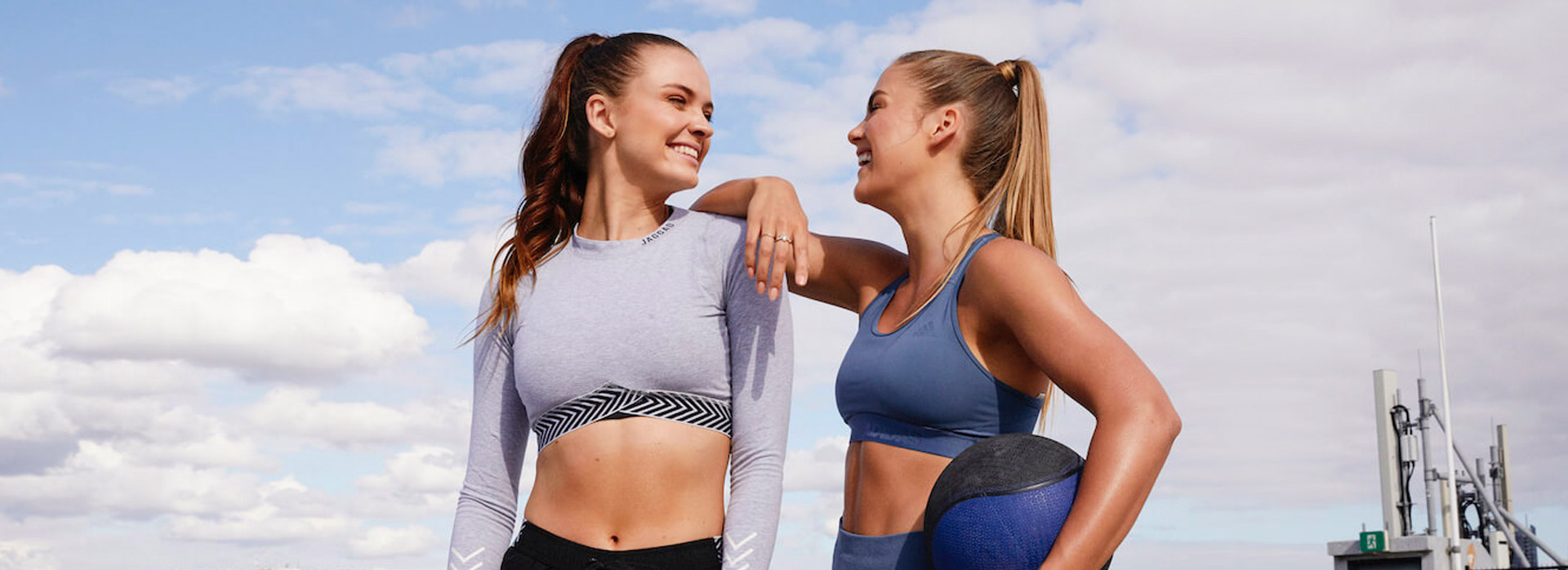
- Blog
- FITNESS
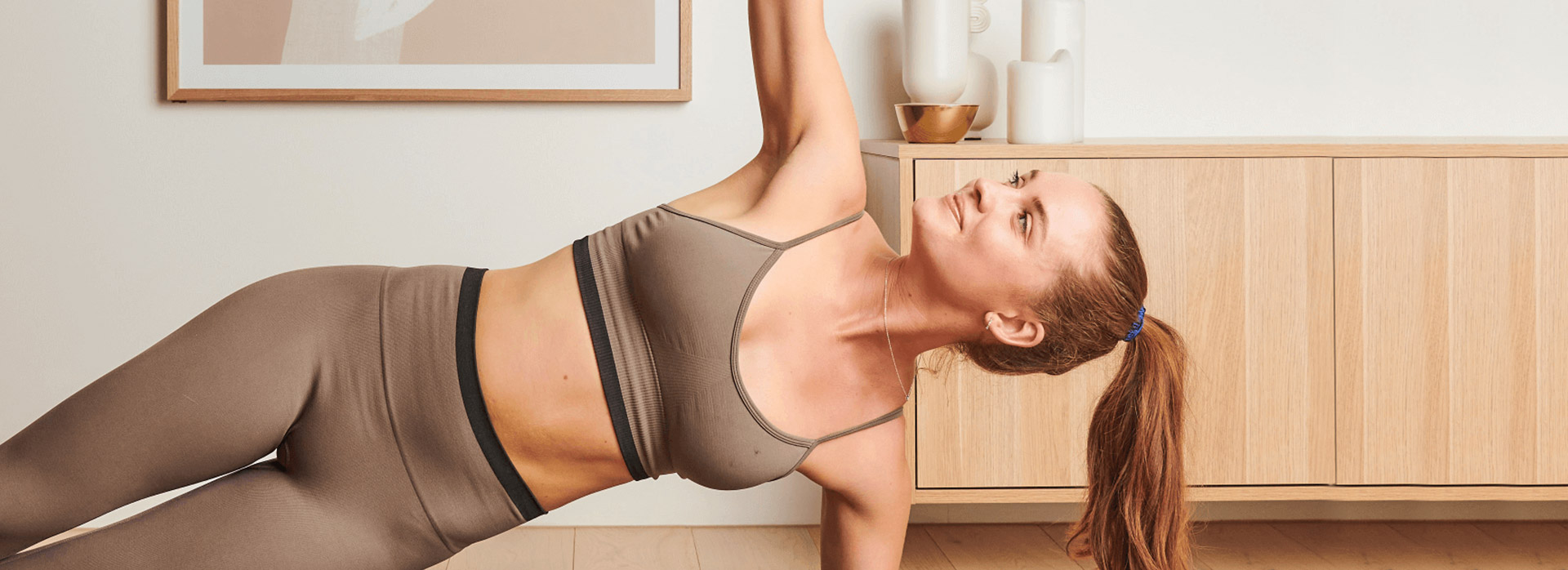
- Blog
- LIFESTYLE
If you’re feeling a little sluggish and lacking motivation, rest assured you are not alone. Here are some tips that help me get up and go on those colder mornings – when I could quite easily hit snooze another ten times!
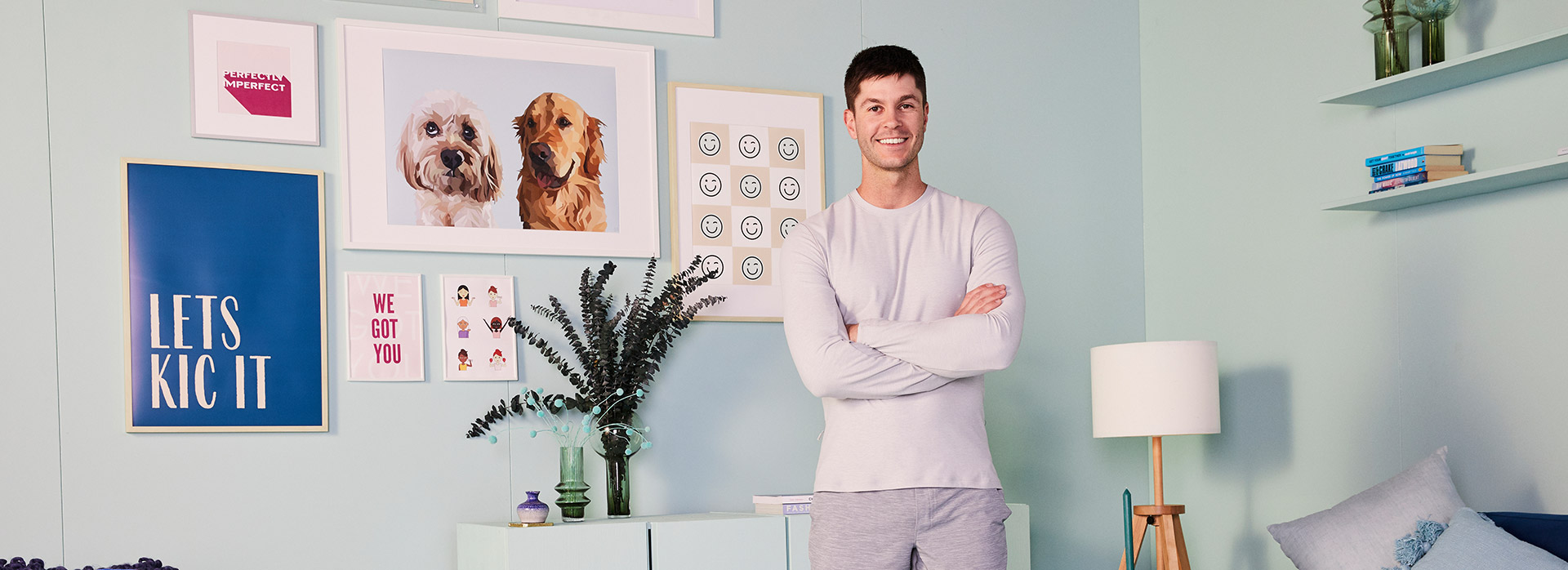
- Blog
- FITNESS
There’s nothing more frustrating than working hard in your strength session and not getting the optimal results. Our trainer Danny is sharing his top tips to “Turn On” your glutes when you train so you can be sure you’re feeling the burn.
